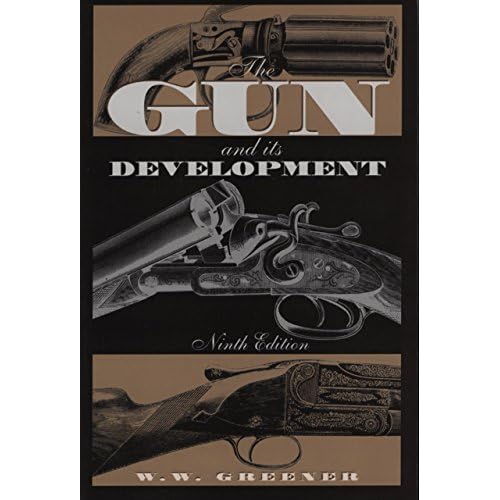Marc. Welcome to Smoothbores, and your 20 ga. Are you also new to flintlocks?
First, read Bob Spenser's Black Powder Notebook, and particularly the articles by V.M. Starr on Shotgun loads.
[url]
http://members.aye.net/~bspen/index.html[/url]
Vegatble Fiber wads are generally used to protect the base of lead bullets, are usually fairly thin, and are not a good seal for over the Powder. Go To Track of the Wolf's link here( above- member services) and check out their catalogue on wads. You can buy them elsewhere, and other suppliers are also linked here for your convenience.
Overpowder cards are stiff, made of cardboard, and are 1/8 inch thick: You want to use them to seal the bore of the barrel. Measure the bore of you 20 with a caliper to make sure you are ordering the correct size wads. If the bore is undersized, you may have to order 21 gauge; if oversized, as mine is, then 19 ga. wads. Felt wads are usually sold impregnated with Wonder Lube, or NL 1000, Or Young Country 1000 lube, or Bore Butter, all names for the same product. They are made of wool felt, are not as stiff or hard as the card wads, and don't seal the bore as well. Gas leaks lead to a reduction in velocity. lower chamber pressures, and inefficient burning of powder, giving you a wide variety of velocities, shot to shot, and poor patterns generally. Seal the gas with a card wad.
Next, you want to use some kind of wad with lubricant, to grease the barrel so that the powder residue coming out the barrel behind it will be softened and can't cake on the bore. We usually use cushion wads, which are about 1/2 " thick. But, most find that the thickness, and the extra weight that occurs when these are soaked in liquid lubes makes the wad so heavy that it travels with the shot, and actually will push a hole in the center of the pattern. So, most of have gone to splitting the cushion wads in half, after they are lubricated, and loading only half a lubed cushion wad down on top of the card wad. You want a good jag with a flat end to load these wads, so they remain square to the bore. As added insurance, I then place an overshot card- a very thin but hard, and slick finished wafer- on top of my cushion wad, so that the shot does not penetrate and stick in the cushion wad. The wafer also makes sure that the shot is pushed out of the barrel square to the bore, so that I get more consistent patterns, and patterns that are more uniformly round. Other shooter skip this step, and just load the shot on top of the cushion wad.
Finally, after loading the load of shot, put an overshot card on top of the shot to keep it in the barrel. I use an awl to poke a small hole in the wafer before heading to the range, so that air escapes through the hole, and not out a turned edge. This facilitates( eases) running the wafer down the barrel, and protects the edges so they consistently make contact around the entire inside of the barrel. That also keeps the shot leaving the barrel square to the bore, and helps patterns.
Get a good powder measure, and then when you choose the size shot you intend to use, check the volume measure with an actually scale to see how much shot, by weight, you have actually poured into that measure. You will find that as the size of the shot gots bigger, You will have to adjust our powder measure to throw more shot to throw the same weight of shot as you did with a different setting, but using a smaller size shot. For example. I shoot #8 shot for targets, and use #5 for hunting Pheasants and other game birds, except Dove, where I stay with #8. #8 shot is only .009" in diameter, while #5 shot is .012" in diameter. If I load both into my adjustable powder measure which has a 1/2 inch diameter, the same setting will throw less weight of the #5 shot than the #8 shot it throws by weight. In order to know what kind of performance you will be able to expect from a given load, recommended here, or in the articles I have recommended for you, you have to know exactly what weight of shot you are going to push out of the gun with a given powder charge.
You will be hard pressed to find anyone recommending any kind of powder other than Black Powder for use in your flintlock Smoothbore. With a 20 ga. you can use either FFg. or FFFg. You don't really have to buy FFFFg priming powder for the gun, but can prime your pan with either of the larger grained powders that you choose to use in the main charge.
You might benefit from reading my article on Flintlocks,
[url]
www.chuckhawks.com/flintlocks.htm.[/url]
to get you started on loading procedures and help you get that gun firing every time, and quickly. Give yourself time to get used to shooting flints. I would not expect to be able to take it hunting this Fall, as you have a lot of learning to do first, before you can have reliable shooting in the field. Don't take short cuts. They only lead to misfires, and your frustration. Smoothbores are a gentleman's gun, and are not speed shooters. Enoy the care with which you load the gun, as much as you enjoy firing it at a rising bird.





